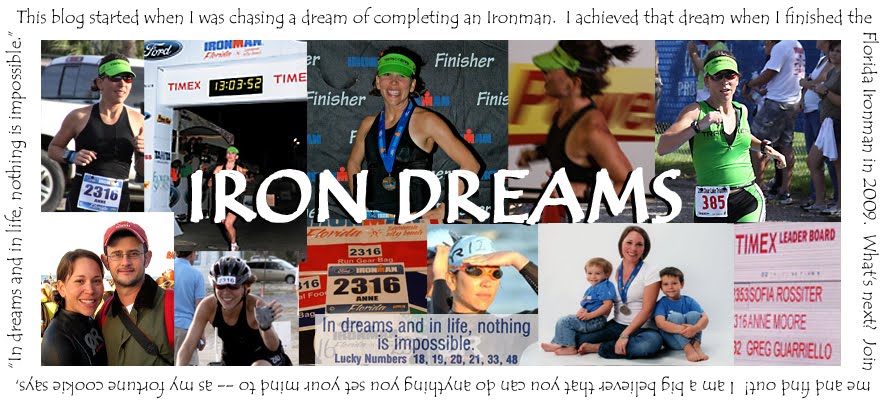A month has come and gone post Rocky Raccoon and I am no closer to running 1 mile, let alone another 100 miles. The ART work and foam rolling I did got me feeling nice and loose but my knee pain has remained constant. I had x-rays which showed no issues so I made an appointment with an orthopedic knee specialist. As a side note, I also had an x-ray done to determine my leg length and found that my right leg is 3 mm shorter than my left leg ... more on that later.
I saw the doctor for all of 2 minutes when he determined that I needed an MRI, which is what I was expecting. So, I scheduled the MRI for Thursday and received the results on Friday.
Results: Low grade strain of Lateral Collateral Ligament (LCL) and likely Plica syndrome (determined by exam during the administration of the cortisone shot, not MRI)
Course of Action: Knee brace for three weeks, anti-inflammatorties, PT and cortisone shot. No running for the next 3 weeks, cleared for cycling only.
What is the LCL?: The lateral collateral ligament goes from the top part of the fibula (the bone on the outside of the lower leg) to the outside part of the lower thigh bone. The ligament helps keep the outer side of the knee joint stable.
What is Plica Syndrome?: Synovial plica is a fold of the synovial membrane - the inner lining of the knee joint. These folds are normal structures which develop in the first eight weeks of a pregnancy when the embryo's joints are developing in its limbs. The plica are usually harmless and unobtrusive; Plica Syndrome only occurs when the synovial capsule becomes irritated, which thickens the plica themselves (making them prone to irritation/inflammation, or being caught on the femur).
It then forms scar tissue which clicks as it slides across the surfaces of the joint and with exercise the plica becomes painful and inflamed. The process is on-going and progressively becomes worse with time especially after sporting activities.
Next Steps: Re-evaluate in 3 weeks, if pain persists, arthroscopic intervention may be needed but (crosses fingers) is unlikely according to the doctor.
If this all sounds clinical it is because at this point, I am just happy to have a diagnosis and a course of action. Stay tuned for recovery progress, but for now, my bike and I are becoming best friends again!
Once I am cleared to run again, getting to the root of the problem to prevent future injury will be key. I plan to add a lift to my orthotics to compensate for my leg length discrepancy, focus on glute and hamstring exercises to address some of my muscle imbalance and finally, get a gait analysis completed to see what I can do to improve my run form.
If you have had a gait analysis done, did it help you? Any advice?

